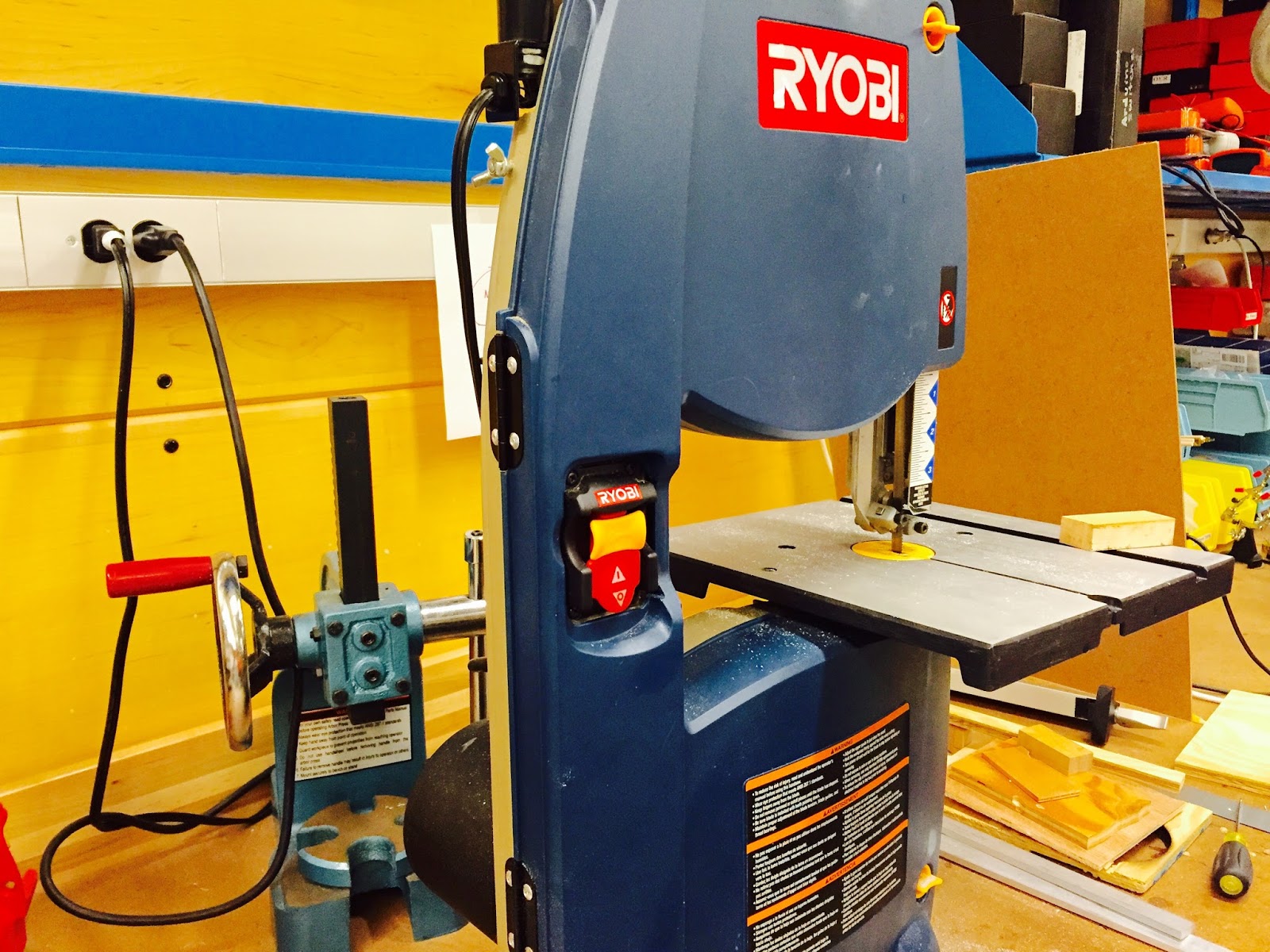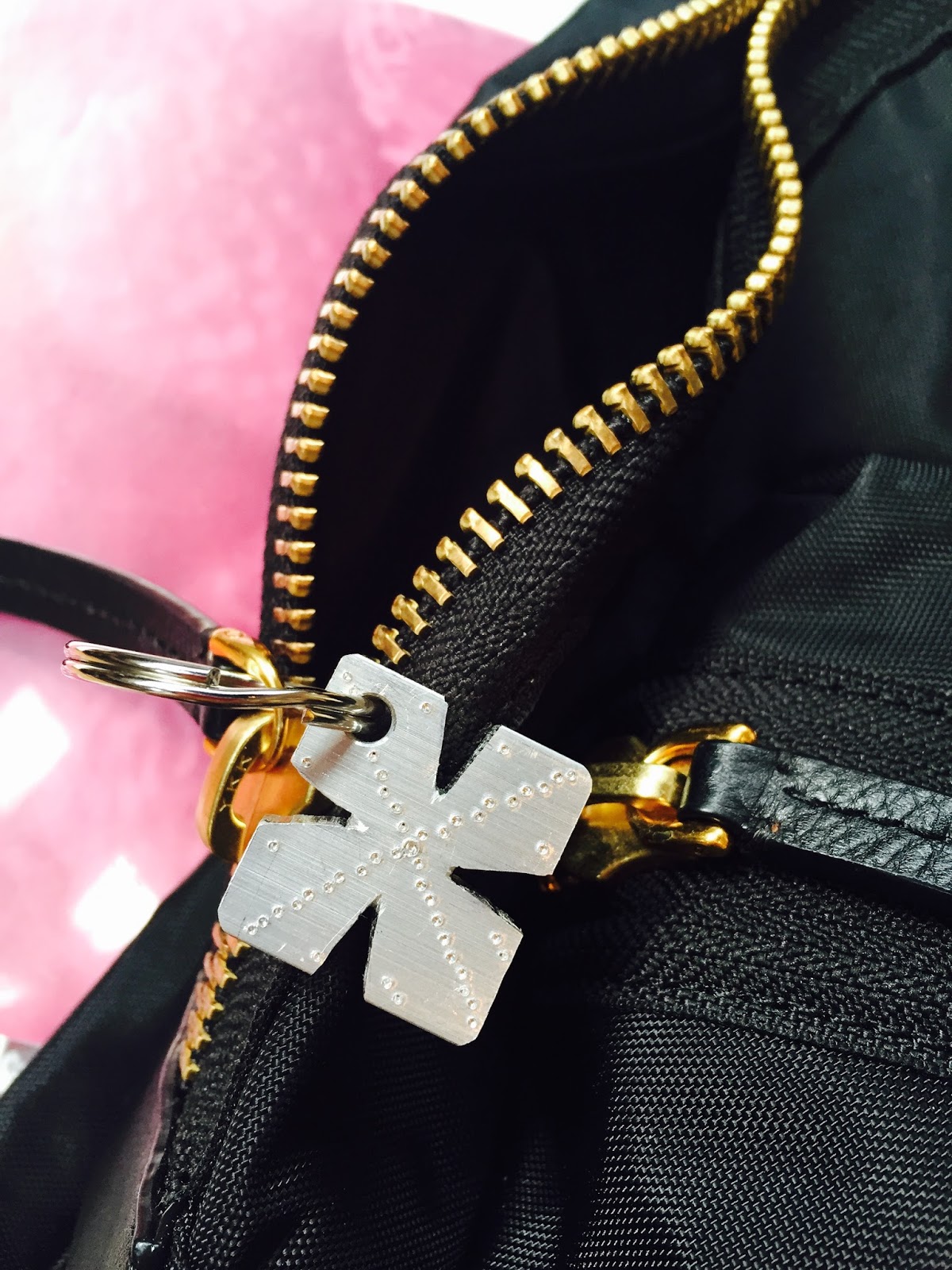Printer
In class, Cynthia and I did another exercise in reverse engineering by taking apart an old HP printer. Turns out, those things are made of more parts than you'd imagine!Affordances and Mapping
Some affordances we noticed:- The tray is paper sized, indicating that we should put paper there
- Lots of finger holes/indents everywhere
- Buttons stick out, making them infinitely more pressable
Some instances of mapping:
- Ink cartridges are distinguished by color
- Buttons had lights behind them, which presumably indicated the printer's activity
Interfaces
This printer is complex! Here are some ways the pieces fit together:
- Pieces are designed to go in but not come out i.e. lots of the plastic bits had "hooks" on them (plastic tab flexures and regular tabs)
- Interior was fastened together by lots of screws
- Paper was funneled through the printer by gears
Cost and Manufacturing
The vast majority of the plastic parts were obviously injection molded, particularly the shell (body) of the printer. The internal coils and wire/rods were extruded, and there were several large stamped metal sheets on the bottom and inside of the printer. Our best guess for the screws' production was casting or rolling, but judging by the crudeness of their form, they are more likely to have been rolled.









































0 comments: